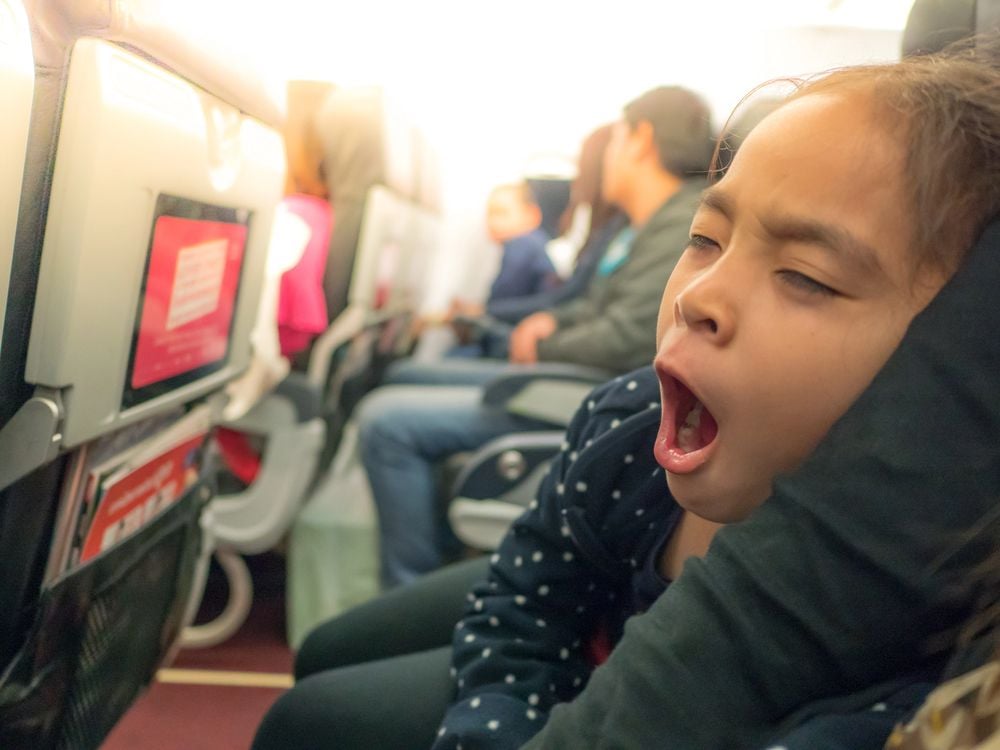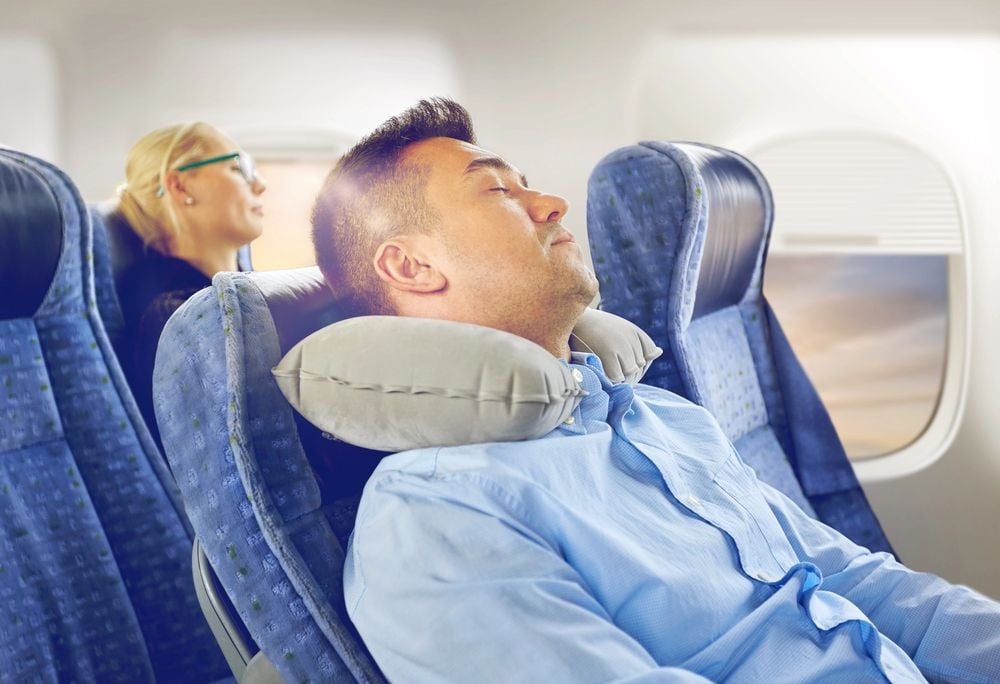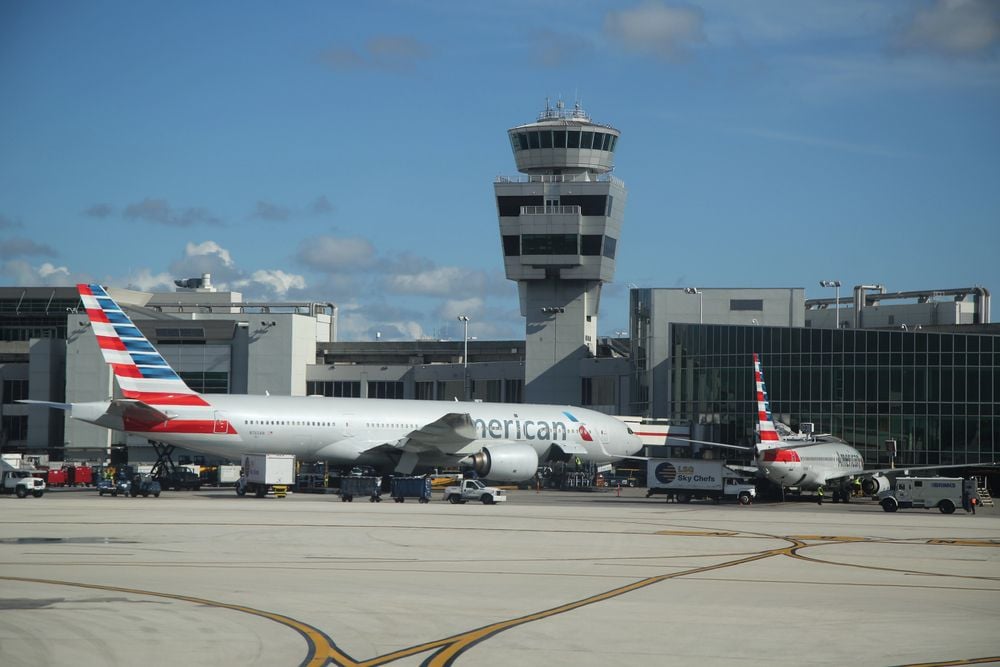It’s Not Your Imagination: Flights Are Actually Getting Longer – And Here’s Why
While planes maintain their scheduled arrival times, the travel time has become longer than it used to be, thus begging the question why?
In a world where nearly, everything is accelerating – from streaming speeds to same-day deliveries, therefore, we also expect flights to be fast as well.
However, these days you might have noticed that the length of your typical flight has been extending longer than usual which matches the experience of numerous passengers.

And so, to uncover the reason behind this, we did our research, and here is the expert’s explanation on this matter.
Are Flights Actually Taking Longer Than Before?
Yes – they are.
Flight durations across international and domestic routes have increased substantially since the previous few decades. The New York JFK to Los Angeles LAX flight route demonstrates this time extension pattern. The New York Times analyzed Bureau of Transportation Statistics data which reveals that New York to Los Angeles flight schedules have extended beyond 20 minutes since 1995.
But this isn’t just due to slower planes or more crowded skies – airlines are doing this on purpose. The strategy is called schedule padding.
“Padding flight times is nothing new,” explains Sabrina Childress-Miller, a former Spirit Airlines flight attendant and communications leader with the Association of Flight Attendants Union. “Airlines have been building in extra minutes for years, often without passengers even realizing it. Most people are simply concerned with leaving and arriving on time – not the specifics in between.”
You would instruct your tardy friend to arrive earlier than necessary to maintain schedule reliability. Airlines implement this strategy by using planes and their performance records.
Why Are Modern Flights Taking More Time?

If you happen to have noticed your flight taking longer than it you, then you aren’t imagining things – it’s the current trend. So, is it the slower planes, or what is actually causing these longer flight durations we’re currently experiencing?
Well, here’s a breakdown of the major factors contributing to lengthier flight times:
1. Strategic Scheduling to Boost Punctuality
The main reason behind airline flight duration extensions focuses on enhancing their ability to meet arrival deadlines. Airlines create schedule buffers to enhance their chances of early or on-time landings which decreases customer complaints as well as avoiding the dreaded “delayed” label.
“Airlines add a time buffer to better manage unexpected delays,” says Sabrina Childress-Miller, a former flight attendant and industry expert. “It helps create a smoother experience for passengers and gives the airline a more reliable performance record.”
2. Better Stats, Better Reputation
The extra buffer in flight schedules helps both actual punctuality and creates a positive impression for airlines in official reports. The Bureau of Transportation Statistics tracks flight arrival reports which airlines use to receive industry rankings and awards. The practice of airlines extending flight durations serves to enhance their reputation in addition to flight performance statistics.
“Improved stats lead to higher ratings and potentially more customers,” says Childress-Miller. “It’s a marketing edge, not just an operational one.”
3. Increased Airspace Congestion
The skies are busier than ever, with thousands of flights operating simultaneously throughout the skies nowadays. And so, due to the dense traffic pattern, delays are becoming a theme thus affecting every phase from takeoff to landing to the entire flight duration. Air Traffic Control (ATC) issues instructions to pilots to decrease flight speed during operations for safety reasons and aircraft separation purposes.
Real-time flight adjustments become possible through flight padding which prevents passenger detection of changes. According to Childress-Miller, these delays occur without passenger detection due to the built-in time buffer system. Flight padding serves as a behind-the-scenes coordination system that focuses on safety above all else.
4. Seasonal Weather and Operational Delays
It is also worth noting that different seasons have different effects on flight durations.
For instance, winter adds additional challenges to operations. Such weather disruptions combined with longer taxi times and deicing procedures and slippery runways end up extending the total flight duration by 20 minutes or more.

And so, when winter arrives it’s a common theme for airlines to increase their scheduled flight times to account for expected weather conditions. Such seasonal time buffers help control passenger expectations while protecting them from getting upset when Mother Nature causes delays.
Which Flights Are Most Likely to Arrive On Time?
If we now know that flight delays have become a norm, are there flights that arrive on time?
1. Morning Flights Win for Reliability
You know what, your best bet for timely arrival is to select the first flight of the day. Aviation expert Sabrina Childress-Miller makes it a habit to choose the first departure flight no matter what time of year it is. Morning departures experience fewer delays from cascading flight issues because aircraft arrive on time, crew members stay within their shifts and planes remain operational throughout the day.
2. Midweek Flights Offer Fewer Crowds and Lower Prices
Travelers seeking extra space during their flight alongside reduced noise levels should choose Tuesdays or Wednesdays. You will find the most favorable flight options on Tuesdays and Wednesdays. The midweek travel days experience lower booking volumes which result in both reduced prices and fewer passengers on board. “Flying midweek often means a better experience overall—fewer people, fewer delays, and better chances of empty seats,” says Childress-Miller.
How To Track Your Flight
If you’re looking to keep track of your flight you can gain real-time flight updates from tools even before airlines send their own notifications. FlightAware and FlightStats provide tools that allow users to see their aircraft’s current position in addition to helping track gate information and determine the source and destination airports.
These real-time updates can help you stay ahead of schedule changes and reduce airport surprises.






